Daily Maintenance of Biomass Pellet Machines - Ring Die
Roller Maintenance
The roller is the core component of the ring die pellet machine, working with the die to extrude and shape the material. Key points for daily maintenance include:
Gap Adjustment: Before starting up a new machine, adjust the gap between the roller and the ring die to a slight contact state (nearly rotating, but not rotating) to avoid excessive tightening that increases wear or excessive loosening that causes blockage. Check the gap during each shift to ensure uniformity.
Lubrication and Cleaning: The roller is generally equipped with an automatic lubricating oil pump. Check the pump between shifts to ensure it is operating properly and is not running low on oil.
Wear Repair: Severe wear on the roller surface requires replacement to prevent a decrease in pellet production efficiency.
Die (Ring Die) Maintenance
The die directly determines pellet quality and yield. Key maintenance points include:
New Die Grinding: After replacing a new die, grind it with an oil-containing mixture (raw material + fine sand + engine oil) for 30-60 minutes to remove burrs and ensure smooth discharge and a smooth, even pelletized surface.
Shutdown Protection: Stop feeding before shutting down. After processing any remaining material, inject an oil-containing material to maintain the die holes and prevent rust and blockage.
Regular Inspection and Repair: Check the die hole feed opening weekly for inward tilting or blockage, and repair any damage with an angle grinder.
Compression Ratio Matching: Select a die compression ratio based on the characteristics of the raw material (e.g., 5.0-6.0 for wood chips, 6.5-7 for rice husks) to prevent loose particles and equipment overload.
Gearbox Maintenance
Gearboxes provide stable power for the transmission system, so maintenance should focus on lubrication and stability:
Lubricant Replacement: Change the gearbox oil for the first time after two weeks of operation. Thereafter, change the gearbox oil every 1000 hours. Use a high-temperature-resistant type (-40В°C to 200В°C).
Temperature Control and Sealing: Regularly check the box seal to prevent dust intrusion. Abnormal temperature rise should be investigated for gear wear or bearing failure.
Motor Maintenance
The motor is the power source of the equipment. Maintenance focuses on electrical safety and load management:
Current and Temperature Control: Monitor motor current fluctuations daily. Abnormal increases may indicate overload or bearing damage. Overtemperature requires inspection of the cooling system.
Wiring and Protection: Use an air pump to clean dust from the electrical control box after each shift to prevent excessive dust and production accidents. Tighten the wiring terminals and clean dust from the motor cooling holes monthly. Install a moisture-proof cover in humid environments to prevent short circuits.
Avoid Overloading: Operation beyond rated power is strictly prohibited. The feed rate must be matched to the motor capacity to prevent coil burnout.
Conclusion
Proper daily maintenance can significantly extend the life of the biomass pellet machine and increase production capacity. Training operators on standardized operations can also maximize efficiency.

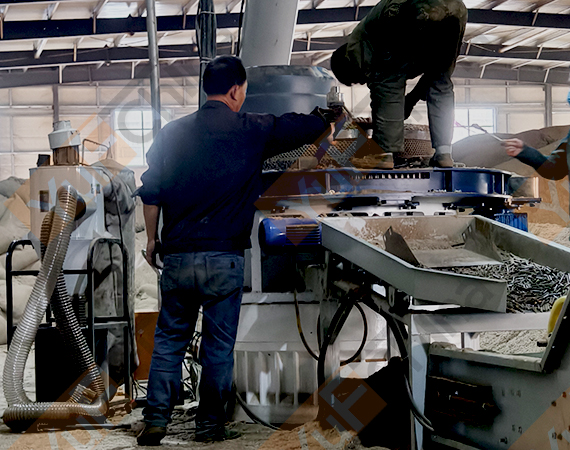
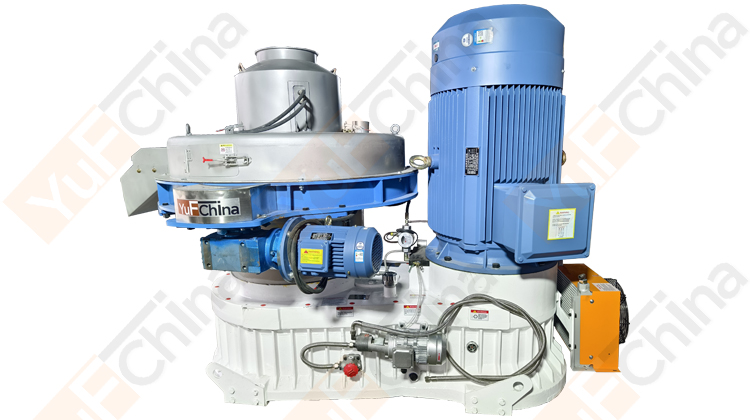
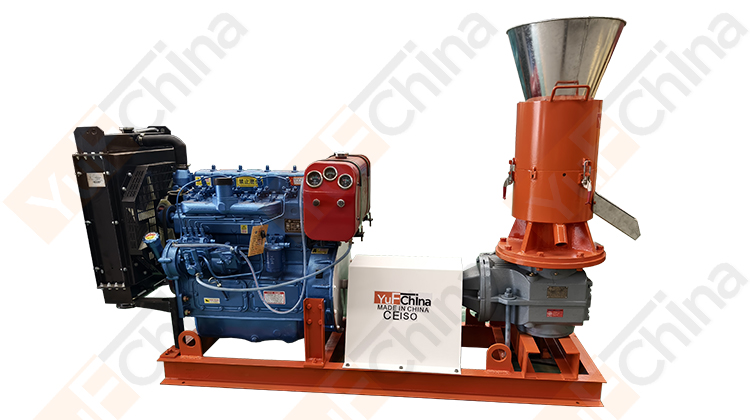

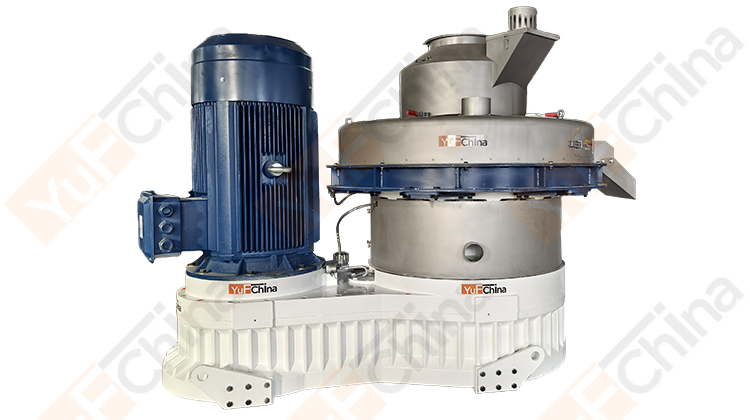
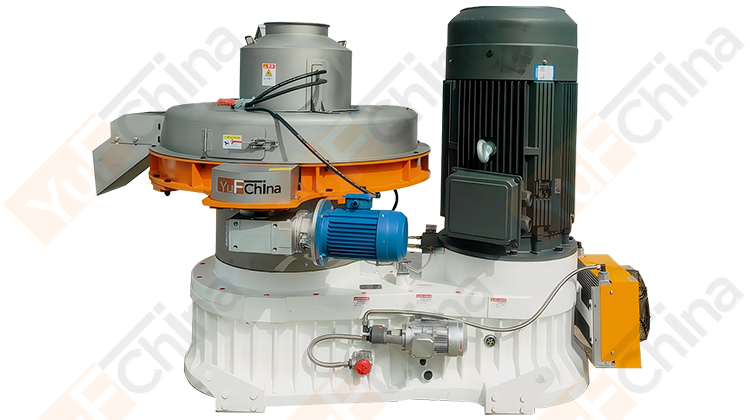
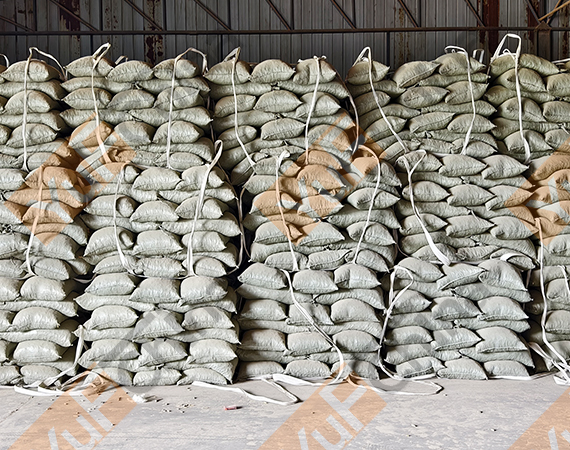
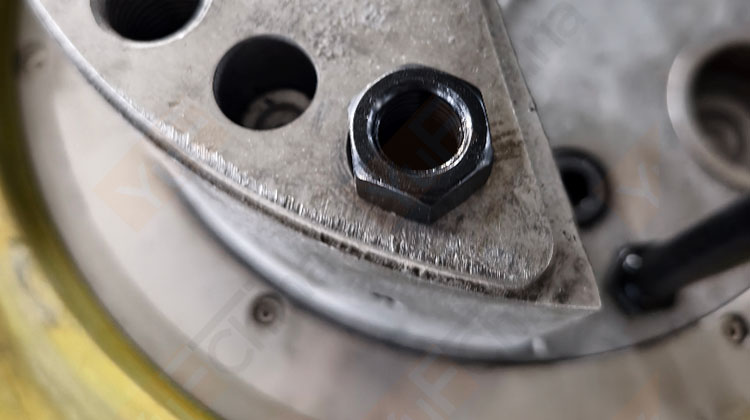
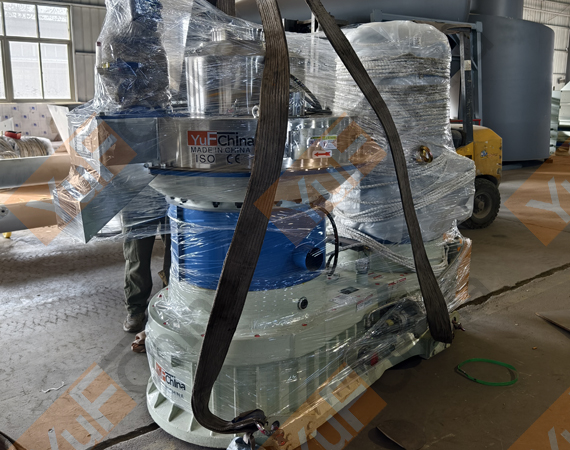
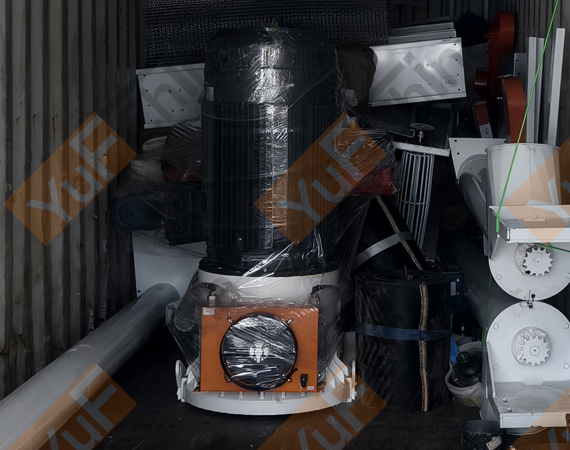
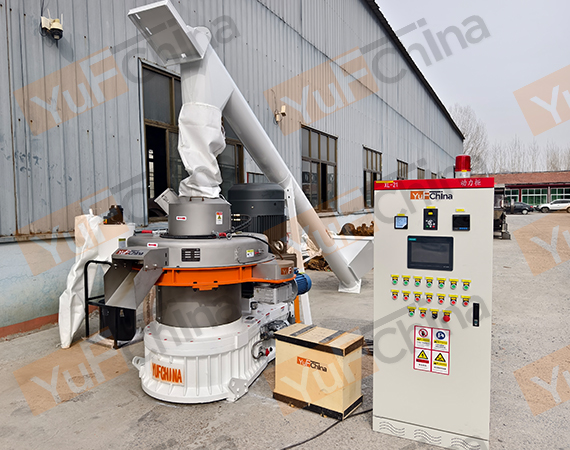
GET IN TOUCH WITH US